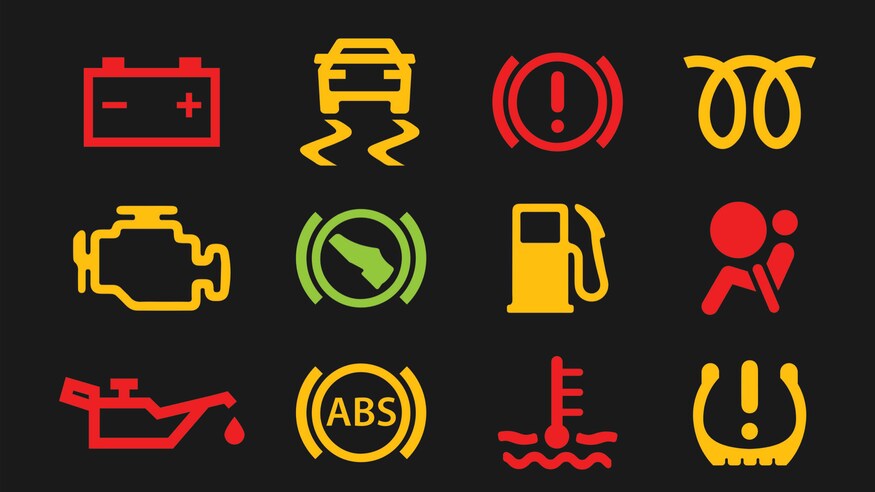
In the automotive world DTC refers to a diagnostic trouble code. It is used by a vehicle’s onboard diagnostics (OBD) system to alert the driver when a vehicle experiences a malfunction. So what code pops up when not just a part, not just the vehicle, but the entire automotive ecosystem is broken?
The current upheaval in automotive impacts OEMs, dealerships, the aftermarket and those seeking to get from Point A to Point B. Talk of modernization – electric vehicles (EVs), autonomous vehicles (AVs) and micromobility – fills boardrooms, but friction remains heavy for all involved in the sector. There is haze around data rights and who owns the customer relationship. European and Asian countries are modernizing distribution, while the US remains hamstrung by restrictive state auto commerce laws. There don’t seem to be enough trouble codes to identify everything that needs a fix in the car business.
So perhaps we redefine DTC in automotive to align with what it means outside of the mobility vertical – direct-to-consumer. Successful DTC brands have shown what disruption looks like, and that revenue potential is substantial when supply chains are streamlined. For the time being US laws are what they are, but to prepare for what’s next, automotive players can wait to be Warby Parkered, or steal from the DTC playbook to build what’s next for themselves.
Here are things those playing the long game will do:
- Operate with a digital-first mindset… and do it well. 92% of car buyers research online before they buy and their mobile and digital experiences make or break the sale and the customer relationship. Amateur photography, poor copy and outdated functionality will send your customers to your competitor. Invest in quality here and seek to integrate engaging modern options such as VR showrooms.
- Get your data in order. Clean, structure, deduplicate and unify first party data, then correlate it with publicly available data to truly understand and serve automotive customers. Establish second-party data sharing agreements whenever possible and appropriate. Apply insights gleaned to ensure seamless operations, more timely, efficient and relevant marketing and compliance with data privacy laws.
- Obsess over the customer and their experience. Forrester predicts that “CX will become the through line that keeps brand purpose and customer relationships stable amid unprecedented upheaval.” Understand where customer pain points actually lie and work to resolve them, even if it takes you in a never-been-done-before direction. New products may or may not be better than their predecessors, but more often than not a streamlined process, new tool, added convenience or unexpected acknowledgement can create a customer for life.
- Personalize communications. Amazon teaches consumers that they deserve to be recognized and their preferences acknowledged. Standard emails and direct mail pieces with form-filled name/make/model information don’t connect with people in a substantial way. Artificial intelligence (AI) tools can create thousands of versions of digital messages, landing pages and more to ensure your customer is seen. Take advantage and optimize on this front frequently.
- Be authentic and consistent. Shinola and Glossier know who they are and they never waiver from their culture. A whopping 73% of Millennials are willing to spend more money on products promoting sustainability and they’re not the only consumers that are conscientious. Understand that people will make buying decisions that do not align with what the technical specs say they should do. Figure out who you are, where you fit in the communities you serve, establish an empathetic connection and don’t stray from it.
- Be a part of your customers’ lives. It’s far easier to switch brands if you’re leaving a commodity instead of a relationship. On the media front, leverage user-generated content to drive deeper engagement and, as Tim McClure says, become ‘an uninvited guest’ into your customers’ lives. In the physical world, dealerships with massive footprints are friction hubs that people can’t wait to avoid. Do more with that space than store cars and a series of offices. Delight your communities and create something of value with that real estate… or get rid of it.
It remains to be seen when and how US laws will change and what the potential for DTC will be for automotive in the future. What is certain is that Gen Z and Gen Alpha are paying attention to their options, their experiences and neither care about, nor will put up with, things being done the way they’ve always been done if the process is broken.
An automotive diagnostic trouble code has four elements – what part is at fault, is it generic or manufacturer specific, the system at fault and the fault description. Certainly a great deal of ‘fault’ to go around when it comes to the state of the current automotive ecosystem, but not all of it falls on the shoulders of those in the sector. The good news is that with the ‘fault’ comes a great deal of opportunity. DTC, direct-to-consumer, has solved a lot of ‘faults’ in other verticals. Let’s see who in the automotive world will become the Dollar Shave Club of automotive. Headlights in lieu of aftershave, anyone?






